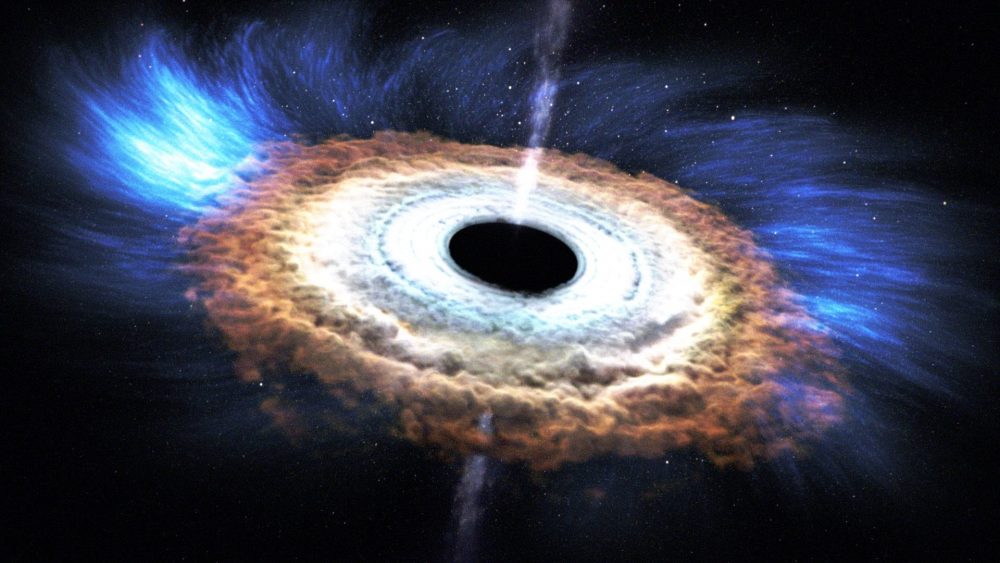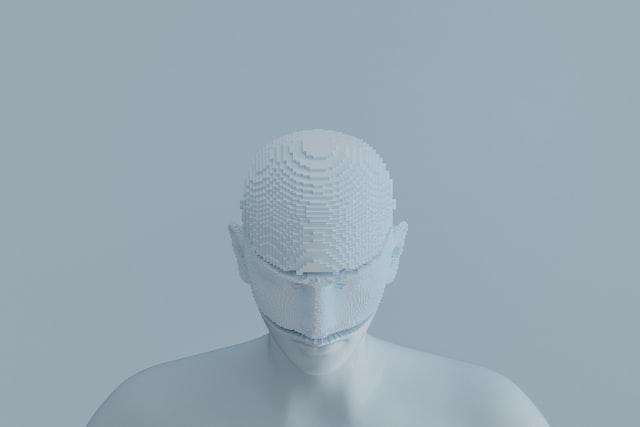A groundbreaking study from the University at Buffalo suggests that ancient black holes may have left their mark on everyday objects. These cosmic remnants, known as primordial black holes, might have passed through Earth and other celestial bodies, leaving behind distinctive signatures.
Furthermore, the research proposes that primordial black holes from the early universe could have created hollow planetoids and microscopic tunnels, prompting scientists to search rocks and ancient structures for evidence of their existence.
Two Fascinating Scenarios
The study outlines two potential ways primordial black holes might leave their traces:
-
Hollowing Out Planetoids
Larger primordial black holes could become trapped within planetoids, such as asteroids or dwarf planets. Over time, they might consume the planetoid’s liquid core, leaving behind a hollow shell. -
Creating Microscopic Tunnels
Alternatively, smaller black holes could pass through solid objects, such as rocks or metal, creating incredibly thin tunnels—potentially only a few microns in diameter.
Uncovering Evidence in Rocks and Artifacts
In addition, the researchers suggest these tunnels might be discovered in ancient materials like rocks or even historical artifacts. By examining such materials with high-powered microscopes, scientists could potentially uncover evidence of these long-lost cosmic visitors.
“The chances of finding these signatures are small, but searching for them would not require many resources. The potential payoff—the first evidence of a primordial black hole—would be immense,” says the study’s co-author, Dejan Stojkovic, PhD, professor of physics in the UB College of Arts and Sciences. “We have to think outside the box because what has been done to find primordial black holes previously hasn’t worked.”
New Frontiers in Understanding the Universe
Ultimately, this innovative research opens new avenues for exploring the universe and sheds light on the potential impact of black holes on our world.






